On January 3rd, 1961, Che Guevara suggested to Fidel Castro that they go play a round of golf. They drove out to what was then the ritziest, most elite country club in Havana. It was empty—almost all the members had fled during the revolution—and Fidel and Che romped around the bucolic green acres while their official photographer snapped publicity shots.
As they played, they realized that the grounds of the country club were spectacular. They knew they had to do something with the property. There, with golf clubs in hand, they decided they would build an art school.

By some accounts it was Fidel’s idea, by others it was Che’s. In any case, one of them turned to the other explained his vision for an international art school. Havana would draw students from all over the developing world and give them a first-class art education, free of charge.
This beautiful vision for a beautiful landscape required a beautiful building. Fidel Castro was recommended a young Cuban architect, Ricardo Porro.
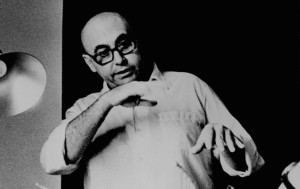
Ricardo Porro was told that he had only two months to make the designs for an entire campus: five separate buildings for ballet, modern dance, visual arts, music, and theater. Porro knew he would need help, so he recruited two of his friends, Italian architects Vittorio Garatti and Roberto Gottardi.
In addition to the time crunch, the trade embargo made importing concrete and rebar very expensive. The three architects were limited to local materials. They decided to build with locally made brick and terra cotta tiles.
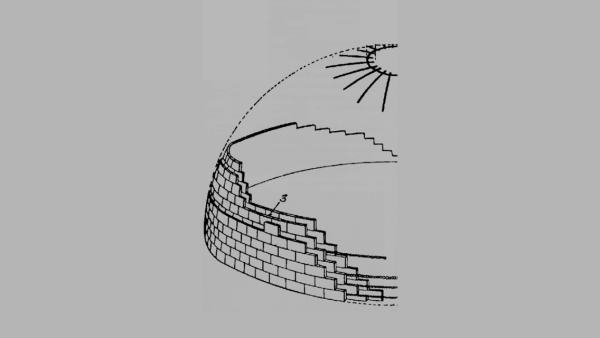
With these tiles, Porro, Garatti, and Gottardi decided to make schools comprised of Catalan Vaults. A Catalan vault is essentially a dome made of layered tiles, and they’re found predominantly in Catalonia. Especially in Gaudí’s buildings in Barcelona.
With the unifying element of brick and unified style of Catalan vault, the three architects began to erect their separate designs around the edges of the golf course
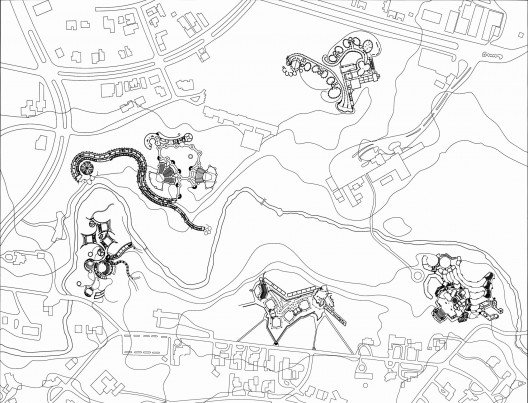
Each school used the vault in a completely different way, and all their curving rooftops make them look like they’re churning, even dancing, as they twist and bend and unfurl into piazzas and courtyards.
Beyond their beauty, each school had a clear story to tell, with very intentional symbolism. This was most pronounced in Porro’s school of visual arts (or as they called it in Cuba, “plastic arts”) as a building that would nurture art and artists, and help give rise to a uniquely post-revolution Cuban aesthetic. This school was going to give birth.
As Porro said:
I tried to make the school of plastic art as the image of a goddess of fertility. So I put a lot of breasts in the domes I built.

In the piazza, Porro placed a sculpture of a papaya which, in Cuba, has a sexual connotation.

Some higher-ups found this fountain scandalous, and the fountain was eventually switched off.
Beyond its provocativeness, the visual arts building was also a commentary on Cuba’s past and future. As you walk down the school’s curved passageways, it’s impossible to see where you’ve been and where you’re going. The loss of time and direction was a metaphor for this new chapter in Cuba. This building embodied both the excitement and apprehension within this new revolution.
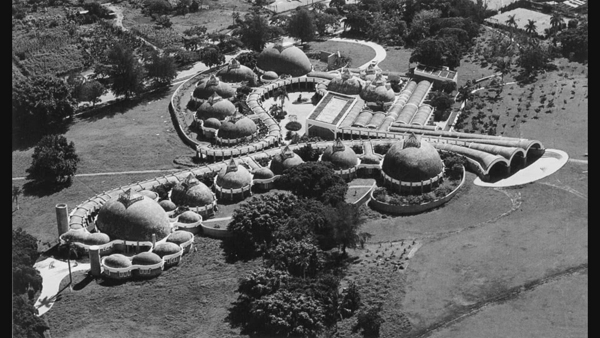
If the revolutionary spirit was the driving force of the design process, so was it also for the construction process. The Catalan vaults required a lot of labor, so there was massive crews of young Cuban workers on the golf course, all invested in building schools that their children could one day attend. They were erecting their own futures, tile by tile.
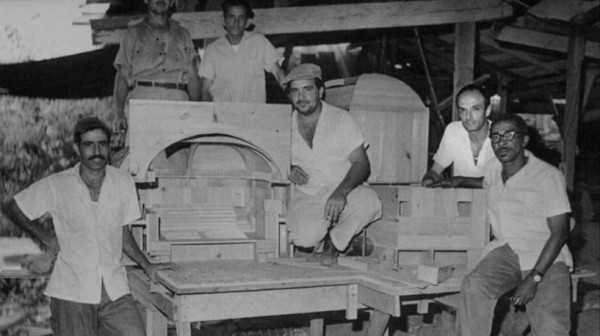
This endeavor was so exciting that the schools opened while they were still under construction. Students used the meeting rooms and ballrooms of the country club, as well as the manicured grounds and the beautiful weather.
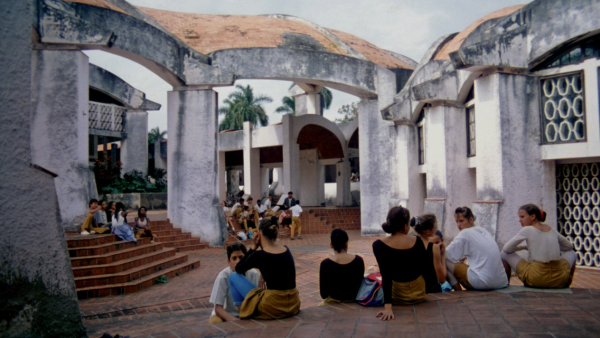
Ballerinas pirouetted on the putting green, painters set up their canvases in the shade, violinists practiced in the forest. Students brought water and drinks and food for the construction workers, and played drums to keep their spirits up. It was this beautiful, joyous undertaking—except when it wasn’t.
After the Bay of Pigs invasion and the Cuban missile crisis, the country’s budget began to prioritize defense over development. Suddenly, the school had a cash-flow problem.

At the same time, Cuba was starting to imitate the Soviet Union in both philosophy and aesthetics. Soviet architecture was blocky, functional, uniform, one-size-fits-all—a stark contrast to the sensuous, organic vaults and curves of the art schools. They began to be seen as extravagant in at a time when the newly-socialist republic needed to tighten its belt.
Within the schools themselves, many students who were gay, religious, or in other ways seen as “anti-revolutionary” were expelled from the art schools. Ricardo Porro gave them classes in his home. Porro could feel the values of the revolution were shifting, and he hurried the construction of his schools along, suspecting that construction could be stopped at any time.
Sure enough, workers on the schools were slowly reduced until, in July 1965, the schools were declared finished, in all their varying states of completion. Porro’s buildings were mostly completed, but the schools designed by the other two architects were not so lucky. The theater school was only 30% complete. The music school was also unfinished but had a few usable rooms. The most unfinished was the Ballet school, which didn’t have floorboards or glass in the windows.
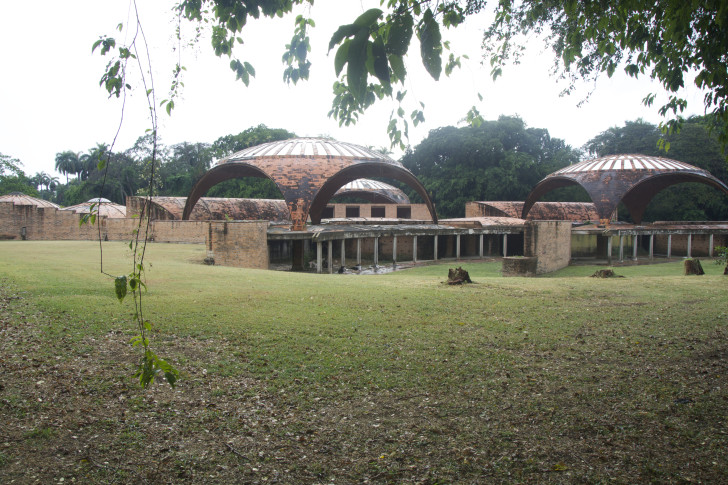
The architects were scattered to different jobs within the ministry of construction. Ricardo Porro was given very demeaning jobs and was even assigned to design a cage for an eagle in the zoo. In 1966, Porro left Cuba and moved to Paris.
Strangely enough, is that the schools themselves were never closed. Classes continued through even some terrible moments in Cuba’s history, when entire families were squatting in the rundown parts of the schools, and ransacking them for materials.
The exception is the ballet school, where classes never quite started.
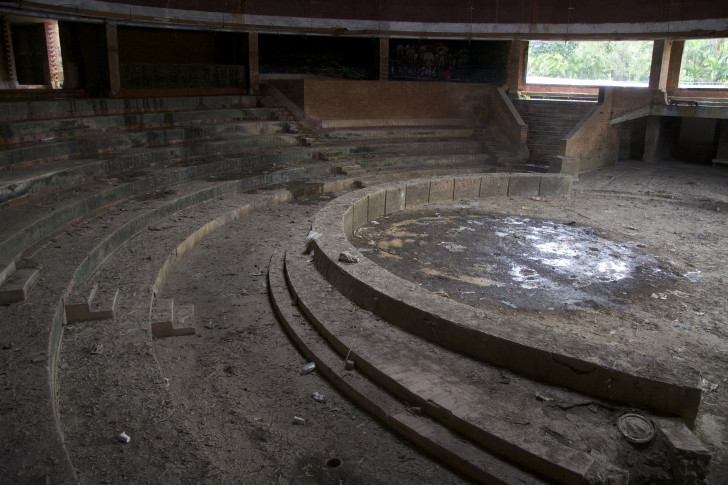
Other than being used, briefly, as a Russian circus school, the dance school has spent most of its life as a ruin on the edge of campus. The other schools have been used, even in their unfinished states, and are actually among the finest art schools in the world. Even though they flood occasionally.

Today the schools are known as ISA: the Instituto Superiore de Arte.
The story of these schools was never discussed among the students or professors, and wasn’t widely known, until John Loomis, architect and professor at San Jose State University, published a book about these schools called Revolution of Forms. When the book came out in 1999, Fidel Castro publicly committed to restoring the schools, and all three architects were reunited in Havana to plan the restoration. This project, however, was abandoned in the wake of the financial crisis in 2000.
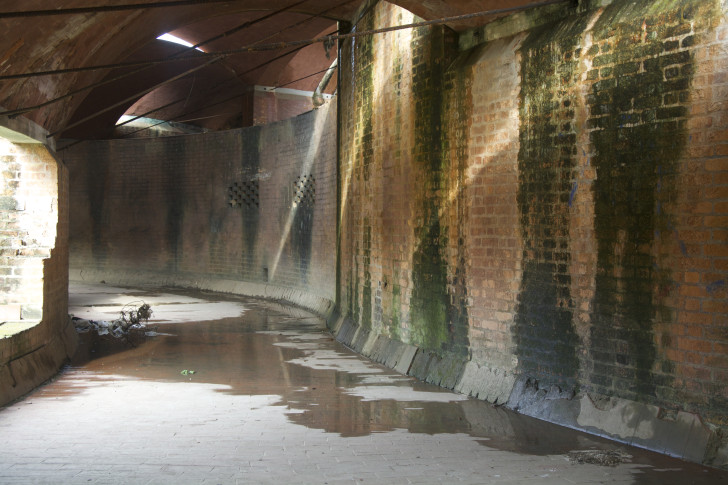
Since then, other restoration attempts have been proposed—and shelved. However, even in their current disrepair, the architecture of ISA is stunning. The schools don’t look like any other buildings in the world.
They are Cuban. They are the product, victim, and symbol of a revolution.
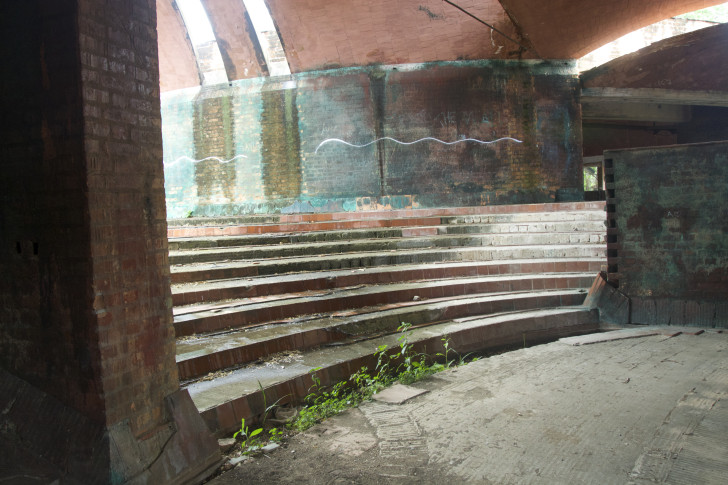
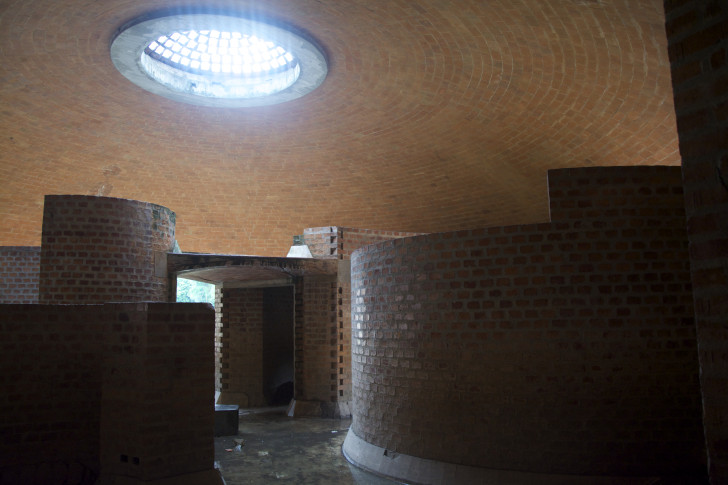
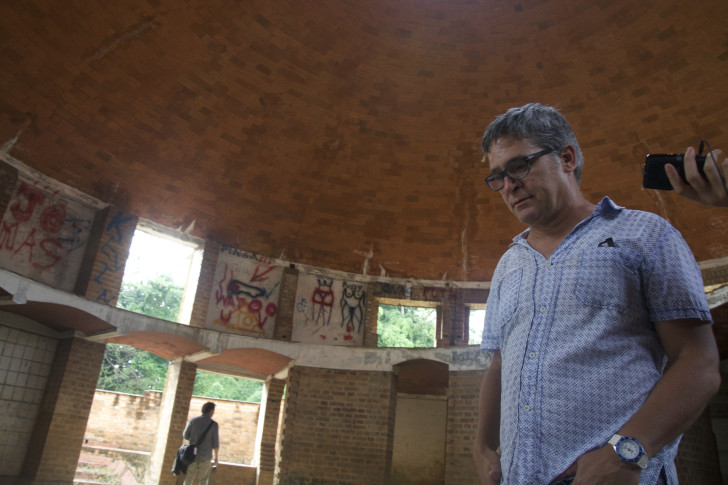



Comments (16)
Share
This episode pays lipservice to the brutality of the Castro regime and glamorizes the murderous thug Che Guevara. But we’re talking about Oakland hipsters, so…
Cold War’s been over for a quarter century. Cubano-Americans and their American conservative friends didn’t get the memo apparently.
Such a great story, 99PI, you did it again. This is right up there with Structural Integrity and I’m sure that a new rabbit hole has been dug. Thanks!
What a completely predictable and dull comment.
That was meant for Travis.
how does it glamorize the Castro regime? Did you listen to it? Also: hipsters? really? Get out more Travis.
Hey Travis, maybe because this is a design podcast rather than a political one? Yeah they can get hispter-ish at times but dammit if not all their episodes are interesting.
Travis you are brainwashed! So just you keep working for the man and living in fear of not having as much as you want.
We were lucky enough to spend a day here during the Bienal de La Habana in 2012. The School of Fine Arts was alive with bright young artists and the city filled with more.
As a kid, I recall visiting La Escuela de Artes Plasticas, meandering through the colonnades, wondering at the papaya fountain. I don’t recall moss on the brick, but light, bright light cubana blasting through the arches, the skylights. Later, in architecture school here, el norte, I’d doodle culebras on yellow trace paper, from memory, spaces I’d always have, even now, so much time since.
I know it’s ultimately subjective, but I really strongly dislike the design of these buildings, they just don’t look good.
I spent a lot of time hanging out at ISA on one of my trips to Havana so this episode brought a huge smile to my face! I remembered all the boob-domes and the papaya-fountain!
It’s a truly beautiful and inspirational place, what this episode failed to mention is that ALL of the current generation of Cuban musicians graduated from ISA. The amount of talent all over the campus is unfathomable!
The breatiness of the design may best be appreciated from a google maps view.
I think this story is over-glamorized as many tales from the cuban revolution. I really doubt that the failure of the art school was because the jealousy and confrontation between an architect of the old and new school of architecture. There is a compelling and down to earth reason why this art school project failed: how the hell were the students supposed to travel there in and out, every day and how on earth were they going to give performances to the public located in the middle of a golf course far away from the city center in a country where public transportation is scarce and private next to imposible???. That makes much more sense to me.
Olmedo
If you have visited the facility you do not show so in your comment. There is an entire neighborhood around isa, housing on the same street as the entrance and it’s not far at all from other parts of havana. even if the students lived in old havana it would not be much trouble to make it over to ISA, I dont know how often students would have to travel back and forth but I do know the cab system works very well for the locals. There are two worlds of cab fares one for locals and another for tourist. Public transportation is reliable, crowded, and predictable. 3 buses drop you off on the same street as the school in the middle of the barrio next to the studio of famed cuban artist KCHO. Also bus far is about the equivalent of 5 U.S. cents and I’m being very very generous with that estimate, when I would board the ticketed would always ask if it was only me riding be cause I had given her too much. If you have experienced Cuba beyond the tourist destinations I’m sure you have found the same. Don’t be upset, but this story makes more sense than your assumptive reasoning.
I’ve left you a reply below. Please don’t be offended.